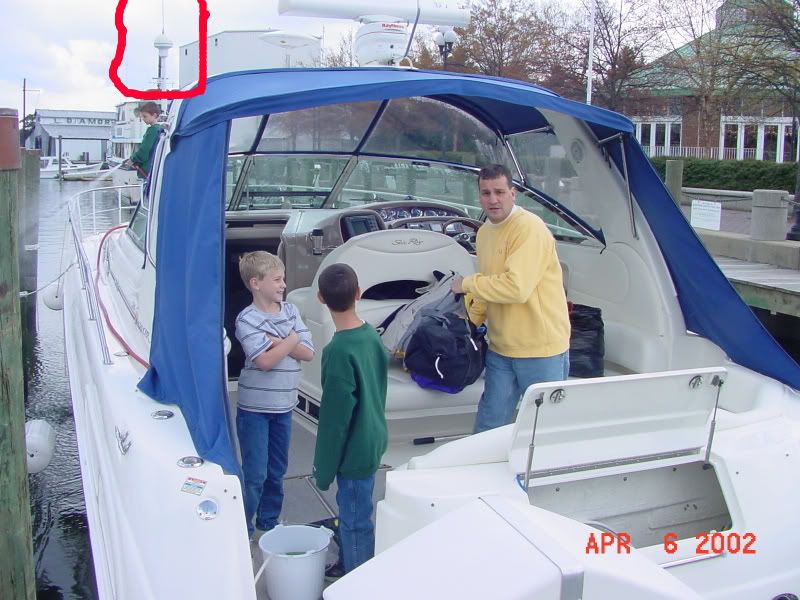CJ Martin
Member
Looks like my RN300 is crapping out. It's been getting slow to lock up, now it is starting to lose the fix at odd times.
So who has upgraded from the RN300 to the Raystar 125? Any tips? Will the RN300 display work with the Raystar 125? I seem to remember this coming up on SRO, but I can't find anything in CSR.
Question for Jim - any sales of Raymarine gear coming up? Are you coming to the CSR BIH gathering? :grin:
-CJ
So who has upgraded from the RN300 to the Raystar 125? Any tips? Will the RN300 display work with the Raystar 125? I seem to remember this coming up on SRO, but I can't find anything in CSR.
Question for Jim - any sales of Raymarine gear coming up? Are you coming to the CSR BIH gathering? :grin:
-CJ



